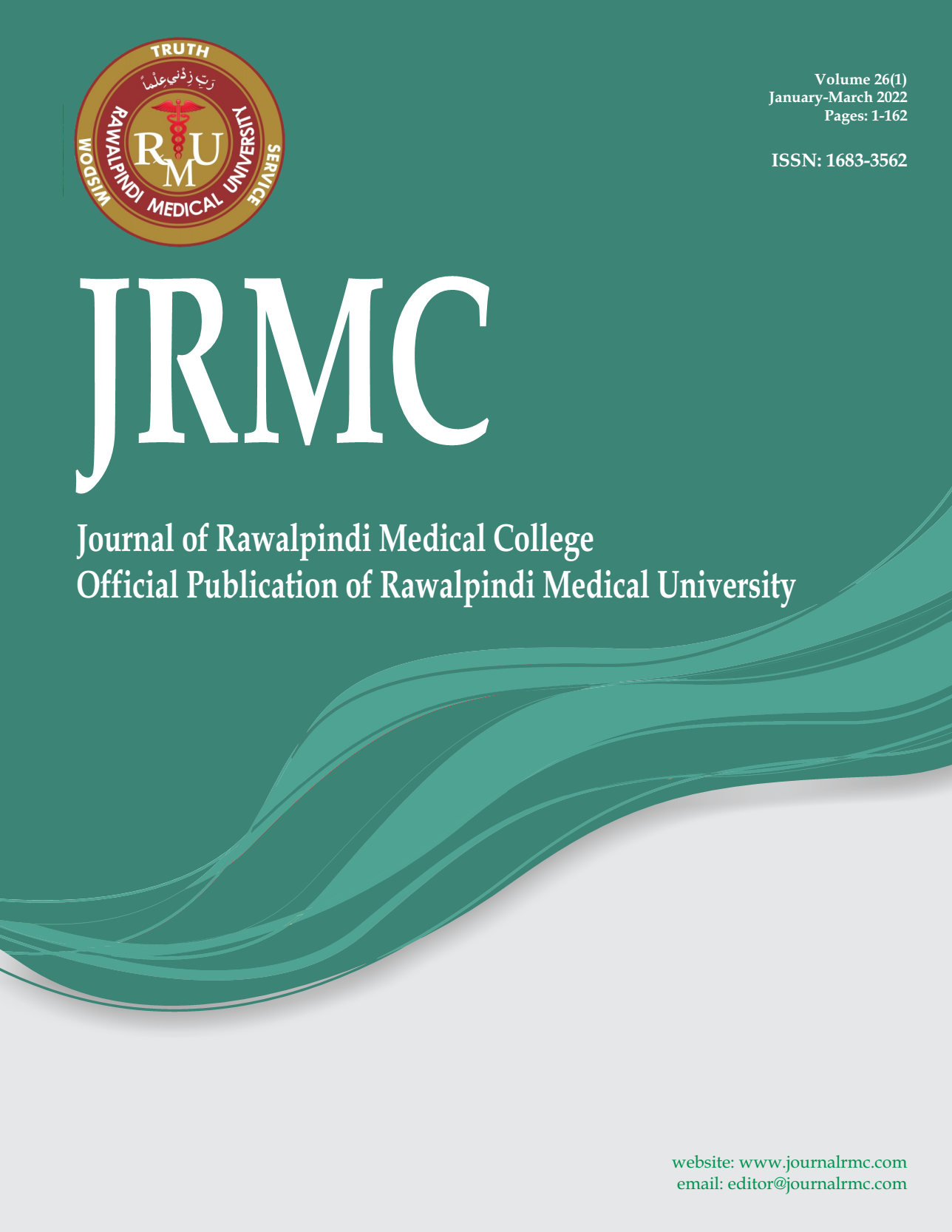Abstract
Background: Drug addiction is widely regarded as a pathological condition that involves the continued abuse of drugs in the development of drug-seeking behavior and a decrease in the ability to respond to naturally rewarding stimuli.
Objective: To determine the frequency of relapse after opioid detoxification in drug addict patients.
Methods: A descriptive cross-sectional survey was performed in psychiatry department of Pakistan Institute of Medical Sciences, PIMS, Islamabad, from October 2017 to April 2018. All adult patients who were using cannabis for at least 1 year, irrespective of gender ages between 18 to 60 years were included in the study. For drug use characteristics about preferred choice of drugs and injection-related risk behaviors were noted and analyzed. All findings were entered in a structured Proforma. Data was entered in SPSS version 21 and analyzed. Effects modifiers like age, gender, marital status, types of drugs, etc., were controlled by stratification. Post stratification chi square test was applied. A p value ≤ 0.05 was considered significant.
Results: Total 310 patients were included; 83% patients were male and 17% were females. The mean age of the patients was 39.02±21.42 years. 70% patients had relapse after opioid detoxification while 30% patients had NO relapse. The relapse rate after detoxification was more common in first month of detoxification (56%). After 3 months the relapse rate after detoxification was 12.5%. The statistical analysis showed that there was a very significant association between types of drugs, ages of patients, marital status and relapse rate (p ≤ 0.05). There was an insignificant association between gender and relapse rate (p ≥ 0.5).
Conclusion: The study concluded that the relapse within six months of opioid detoxification in drug addicts is very common. Many factors contribute in relapse rate.

This work is licensed under a Creative Commons Attribution-ShareAlike 4.0 International License.
Copyright (c) 2022 Journal of Rawalpindi Medical College





